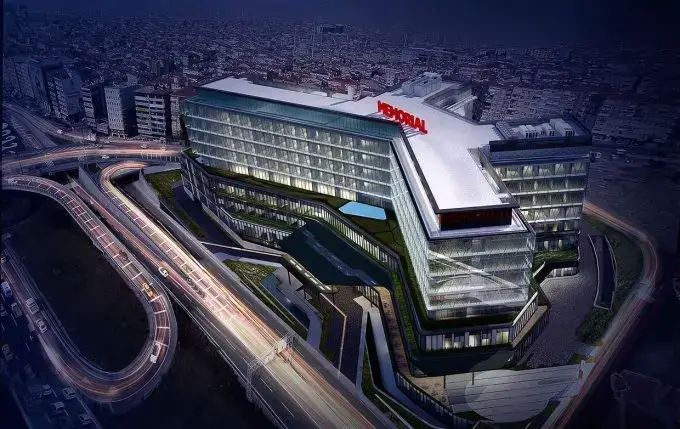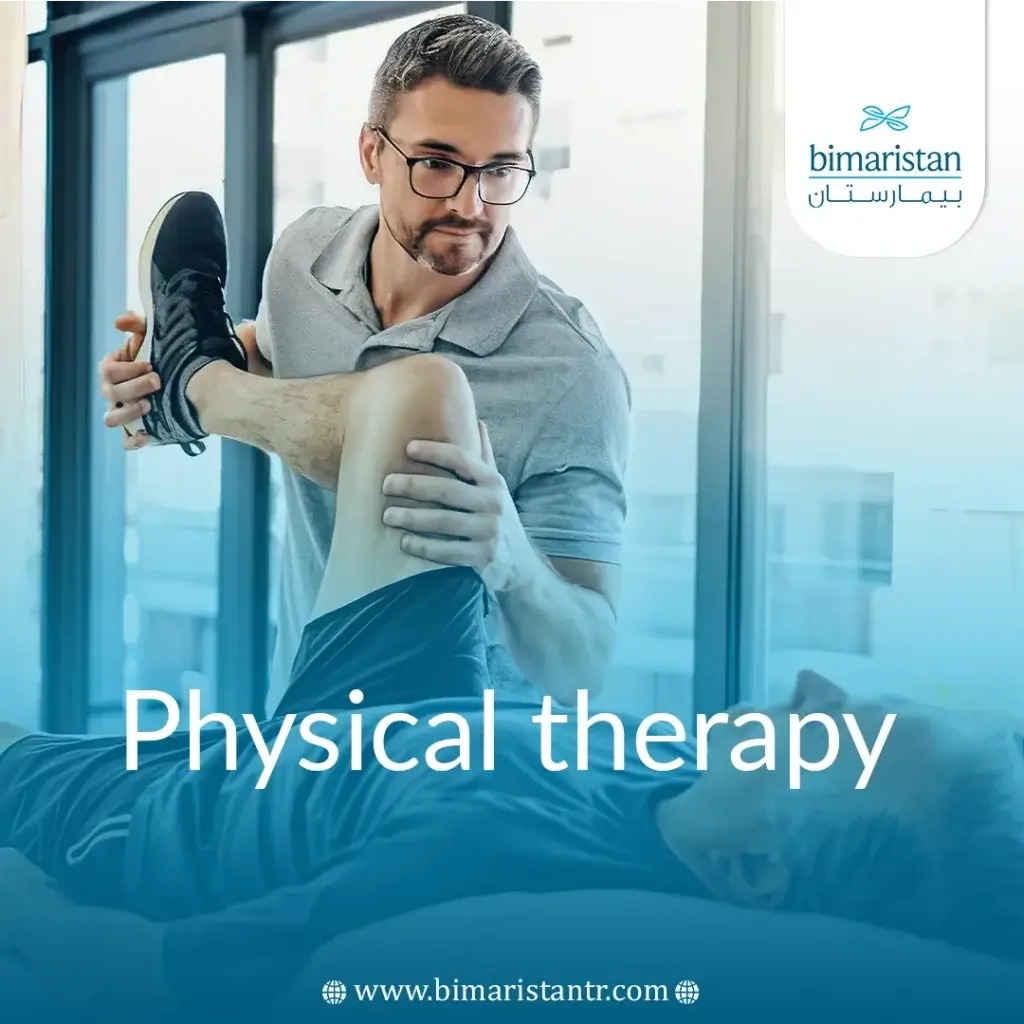Physical therapy sessions in Turkey aim to improve quality of life by alleviating muscle and bone pain and increasing range of motion. Turkey boasts centers equipped with state-of-the-art devices for natural therapy.
Physical therapy and Its types
The specialization of physical therapy is defined as one of the medical sciences that focuses on human motor function, recovery, and rehabilitation after accidents or sports injuries.
Physical therapy, or physiotherapy, is one of the essential specialties for treating musculoskeletal disorders and rehabilitating patients with mobility disabilities and strokes.
In Turkey, a person working in this field is referred to as a “physical therapist,” who is a doctor holding a certificate from one of the Turkish universities specializing in studying physiotherapy.
Turkey has shown great interest in this field as it is one of the most important medical branches concerned with patient care. It has worked on providing specialized centers for physical therapy equipped with the latest physiotherapy and rehabilitation devices, such as robotic rehabilitation centers, and has established a special unit for pediatric rehabilitation.
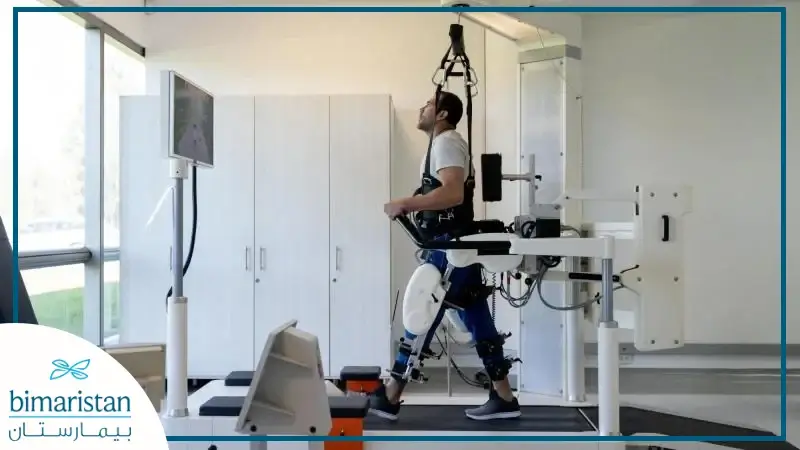
Benefits of physical therapy
Physical therapy has many diverse benefits that positively impact both physical and mental health. Some of the most important benefits of physical therapy in Turkey include:
- Managing chronic muscle pain
- Improving range of motion and enhancing athletic performance
- Accelerating recovery and rehabilitation after accidents and injuries
- Enhancing balance to prevent slips and falls, especially in older adults
- Reducing the risk of injuries in athletes
- Rehabilitating stroke patients with muscle weakness or paralysis
- Rehabilitating children with varying degrees of functional disability
- Increasing independence and reducing reliance on others in daily activities
- physiotherapy may serve as an alternative to surgery in managing certain conditions, such as scoliosis
- Maximizing movement restoration for patients with prosthetic limbs
Types of physical therapy
Many individuals approach physical therapists with various complaints ranging from muscle pain to chronic circulatory-related conditions.
Due to the diverse branches of physiotherapy, it was necessary to divide it into several sections, namely:
Physical therapy for children
This type focuses on addressing children’s issues from birth to the late stages of adolescence. Children may be born with congenital conditions requiring treatment and rehabilitation, such as cerebral palsy, cleft lip and palate, muscular dystrophy, autism, and Down syndrome, along with a wide range of other conditions.
Children may also experience nerve injuries during growth stages, leading to developmental delays, such as muscle weakness or paralysis due to severe head trauma.
Physiotherapy sessions for children can be conducted under the supervision of specialists in specialized medical hospitals, outpatient clinics, or at the child’s home.
It is considered one of the most important types of therapy due to the high demand for physiotherapy among the elderly due to muscle weakness and joint issues associated with aging.
physiotherapy for the elderly differs from that for other age groups because older individuals tend to be less active and have reduced mobility. The therapy primarily focuses on enabling individuals to live more independently without relying on others and keeping their muscles active to prevent muscle atrophy.
natural therapy for women
Women go through various life conditions that may necessitate the need for physiotherapy, such as the postpartum period following childbirth or during pregnancy. Some women may experience pelvic pain and osteoporosis during the perinatal period.
This category also includes injuries, accidents, and sports-related injuries. This type of therapy addresses all issues affecting women that require natural rehabilitation.
The physical therapy team for women in Turkey consists of an experienced, all-female physiotherapy staff that utilizes all available means of treatment.
Natural therapy for athletes in Turkey
This specialty aids athletes who have suffered various injuries, including anterior cruciate ligament tears in the knee, shoulder dislocations, tennis elbow, and rotator cuff tears.
It’s not limited to injuries alone, as most athletes turn to integrative manual therapy to achieve peak athletic performance. It accelerates movement, lengthens and strengthens muscles, and provides agility during motion.
Physical therapy for heart and lung diseases
This is considered one of the rare fields of physiotherapy. This specialization focuses on patients with severe heart diseases who seek to improve heart muscle health through endurance exercises that enhance blood circulation.
Rehabilitation of individuals who have suffered a heart attack is also within the scope of this field, in addition to chronic lung diseases such as asthma and chronic obstructive pulmonary disease (COPD) through educating patients on breathing exercises and strengthening respiratory muscles, and how to cope long-term with these diseases.
Neurological physical therapy
Patients who have suffered brain or spinal cord injuries resulting in difficulty in movement and balance require neurological rehabilitation supervised by specialists in neurology and physiotherapy.
There are several neurological disorders that require neurological natural therapy, including stroke, multiple sclerosis, cerebral palsy, muscular dystrophy, and fibromyalgia.
Physical therapy modalities
Physical therapists in Turkey utilize several methods, and the selection of the appropriate modality depends on the type of injury and the individual’s needs.
As mentioned earlier, there are many natural therapy techniques, including:
Exercise-based physical therapy
Physical exercises help improve muscle strength, range of motion, and flexibility. They can be active, where the individual performs specific movements independently, such as running, or passive, where the therapist requests relaxation from the individual to perform manipulative movements, such as lifting the leg to stretch knee ligaments.
natural therapy exercises can be conducted in specialized centers or at home, following a specific exercise regimen prescribed by the physical therapist.
Heat therapy
Heat therapy stimulates blood circulation and increases muscle blood flow, which helps relax muscles and reduce muscle tension. Heat is used to alleviate pain in cases of sprains and muscle strain.
Physical therapists apply heat either using traditional moist methods, such as hot packs and warm cushions placed on the skin, or modern dry methods, such as devices emitting infrared rays.
Ultrasound therapy
Ultrasound therapy operates on a principle similar to heat therapy but distinguishes itself by delivering heat deeper into tissues, speeding up biological processes, and repairing deep tissue tears.
It’s a commonly used technique for athletes with muscle tears, where the physical therapist uses ultrasound therapy devices and applies them to the injured areas.
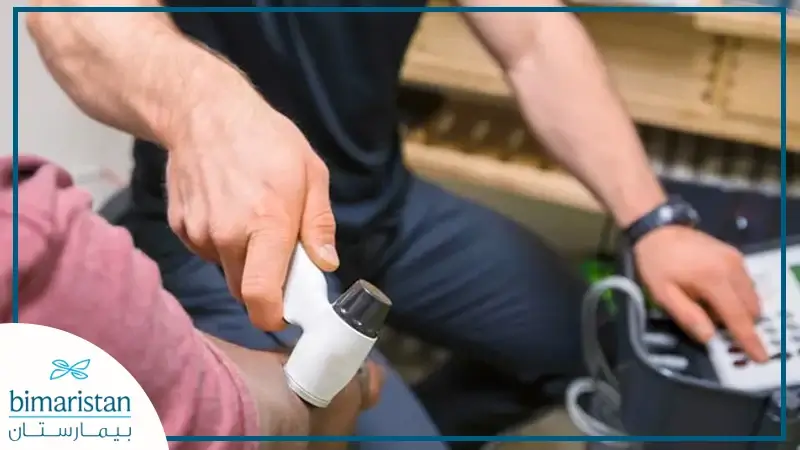
Electrotherapy in physical therapy
Cells in the human body are electrically charged, with a balanced negative charge inside and a positive charge outside. An imbalance in this equilibrium can result in pain in the affected area, which can be treated with electrical stimulation devices.
The use of electrical therapy devices also helps restore muscle strength and rehabilitate muscles after knee surgeries (such as total knee replacement) and in cases of muscle strain. However, caution should be exercised when using these devices in individuals with pacemakers and in women during the first trimester of pregnancy.

Physical therapy with laser
Exposure to laser light of a specific wavelength accelerates the healing and wound healing process. Laser therapy usually does not cause any pain, and the treatment period takes several minutes by directing laser beams onto the injured area.
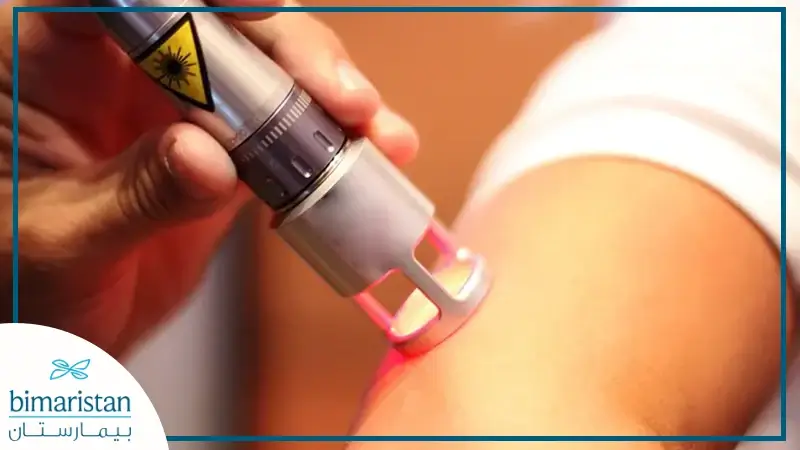
Physical therapy with ice
If you’re suffering from an acute injury, you may notice that applying cold packs or ice to the injured area reduces pain and swelling. This therapeutic method is often used in the initial stages after injury to reduce inflammation, as the decrease in temperature inhibits blood flow.
The damages of physical therapy sessions
physiotherapy usually do not entail risks or harms if performed by an experienced professional. However, in rare cases, natural therapy may lead to undesired outcomes, including:
- Increased intensity of pain
- Unsatisfactory treatment outcomes, with no improvement in mobility or flexibility
- Falling during natural therapy exercises leads to bone fractures
- Skin redness or burns at the site of application of thermal or electrical natural therapy
- Increased heart rate and respiratory rate, which may pose a risk to cardiac patients
Prices of physical therapy sessions in Turkey
Prices of natural therapy sessions in Turkey vary depending on the type of treatment needed by the patient and the number of sessions required. The cost of natural therapy sessions in a center in Istanbul, for example, may start from $7,000 USD per month, while the cost in another treatment center may be higher or lower. You can contact us for more details about the price and to guide you to the best centers for rehab services in Turkey.
Currently, we are working at the Bimaristan Medical Center to assist patients by guiding them to the best treatment places in Turkey that suit their conditions at the most affordable costs.
My experience with physical therapy
Tim Hitz, a 14-year-old boy, experienced a severe accident resulting in compound fractures in his leg bones, dislocation in the hip bone, and a torn anterior cruciate ligament (ACL) in the knee.
Tim fell into a coma for several days after the accident and remained in the intensive care unit for several weeks. Some doctors recommended amputation due to the extensive damage to Tim’s leg, but his mother refused.
Tim miraculously woke up from his coma and began to recover. He shares his experience with physiotherapy after the accident, saying:
“Undoubtedly, the accident had a significant impact, but my determination to return to my previous life and ride my bike again was paramount. I started working with the physical therapist who accompanied me for several years through natural therapy sessions for my injured leg. We performed various mobility exercises and physical rehabilitation treatments using different methods. After years of natural therapy, I was able to stand, run, and engage in activities I used to do before the accident.”
Sources:
